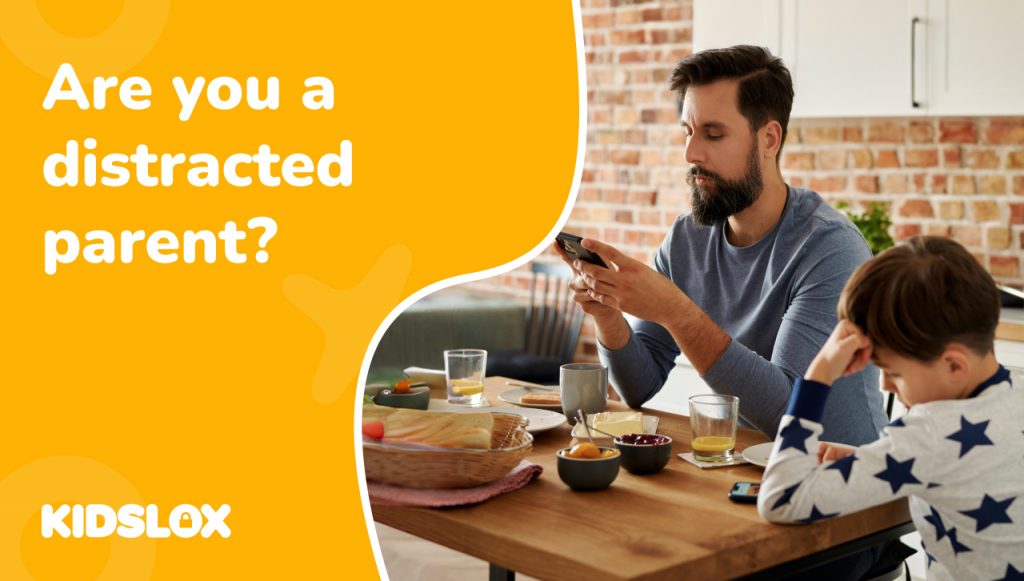I don’t think there was a single period of human history when parenting was easy. Today seems unique though in the pure quantity of new things that affect our kids’ lives. Deciding which parts of our culture, which toys and technologies, which traditions and habits we’ll allow to be a part of our child’s life is one of the most important parts of being a parent. Determining how we make those decisions into a reality for our family is another thing altogether.
Video games as a new parental challenge
Video games and the questions of screen time quantity and quality are among those new issues modern parents are faced with. And frankly, we could all use some guidance on how to monitor and manage this area of our children’s lives. Writing in the Guardian, Ellie Gibson recently tried to help us out by exploring answers to the questions: How to pick a good game for your child? How long should kids be playing? And (perhaps most importantly) how to drag kids away from the screen?
Many parents would agree with Ellie, that “parenting often feels like endlessly having to say no”. But that’s one of the most fundamental ways that boundaries are set. Child pushes limits, parent tells them it’s not ok. Ideally of course, the child understands why we’re saying no. Even if in the moment it comes out as a sharp negative instruction, we’d hope to get an opportunity to explain the reason afterwards. When children keep pushing at a known boundary though, simply saying no over and over is tiring and feels ineffective.
Kitchen timer
When it comes to managing screen time, Ellie has a neat suggestion for use with younger kids. Set a time limit and enforce it with the use of a kitchen timer placed somewhere where they can see but not reach it. What I like about this is that it’s visual and makes it easy for the child to understand how much time they’ve got left. Also, I like that it inherently implies an agreement: the child and parent first need to have talked about the rule (and hopefully the reason for the rule) and decided that it’s how they’re going to operate.
Dealing with the challenge
For some kids, that kitchen timer idea will be perfect. For others, especially older kids, we’ll need something more. And that’s only the start. As parents we face hundreds of questions about what we do and don’t allow our children to do and how we let them interact with the world around them (including the internet). We might decide that we want them to use only games that stimulate their imagination and creativity, or that their games should hold educational value. We might decide to ensure they spend as much time being physically active as they spend in front of screens or that we’ll play their games together with them.
An intentional response to these questions is essential. Be observant about what works and what doesn’t and share it with your other parent friends. Share it online in forums and comments sections. When each new generation of parents faces the same old problems, we can turn to our own parents and grandparents for help and advice. They’ve been there already. When it comes to questions of screens and computer games though, we need to support and share more with each other as there’s no historic base of experience to draw on.
Parental controls
There are different opinions on how much time a child should spend in front of screens, but pretty much everyone is in agreement that some sort of limitations do need to be in place. It’s essential to talk with your kids about those limits, offer them alternatives to screen time and try to practice what you preach. Perhaps you can foster in them a healthy attitude towards screens which includes a balance of physical activity and social interaction too.
If you find that a struggle though, or you simply need a hand turning that nice idea into a family reality, parental controls are a vital tool. Parental controls could mean placing a kitchen timer somewhere visible. In most cases though it’s likely to mean something a little more heavy duty. Console producers and digital service providers like Netflix and Steam understand this problem and often include some sort of inbuilt parental control system. Sometimes these are effective and have the sorts of features you find useful, other times they’re essentially a token effort so that the company can tick “parental control” off their checklist.
When it comes to mobile phones and tablets we found that the inbuilt restrictions were quite good, but didn’t offer the sort of flexibility or remote access that we were after. That’s why Kidslox parental control system is set up to offer the parent as much flexibility as possible. So that you can decide for yourself exactly what the rules are going to look like for your family (or maybe try out several different versions of the rules). Kidslox makes sure that the rules you set become a reality in your home.





